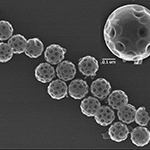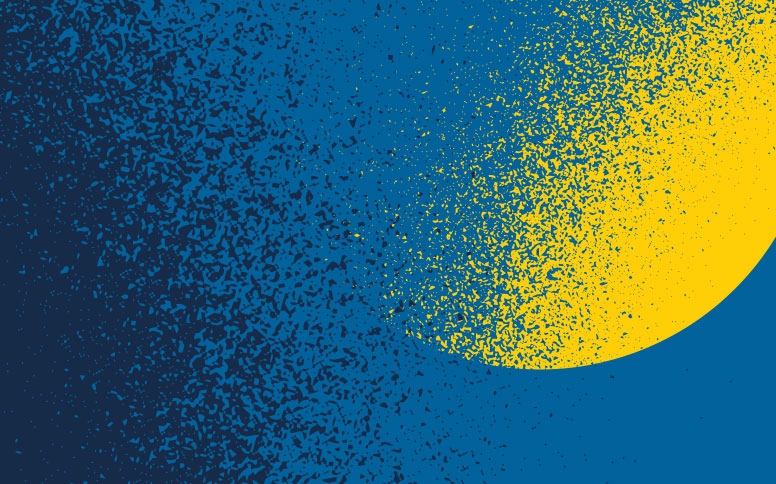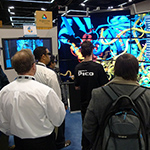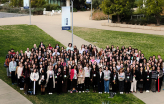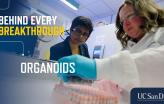UC San Diego Graduate Student Wins Inventors Competition
For work toward a safer approach to treating cancer, electrical engineering Ph.D. student Inanc Ortac from the University of California, San Diego has won first prize in the graduate student category at the 2012 Collegiate Inventors Competition.
